Galapagos Species Database
The Galapagos Species Database shares the information about the species from our Natural History Collections.
Mimus macdonaldi
Cucuve de Española, Española Mockingbird
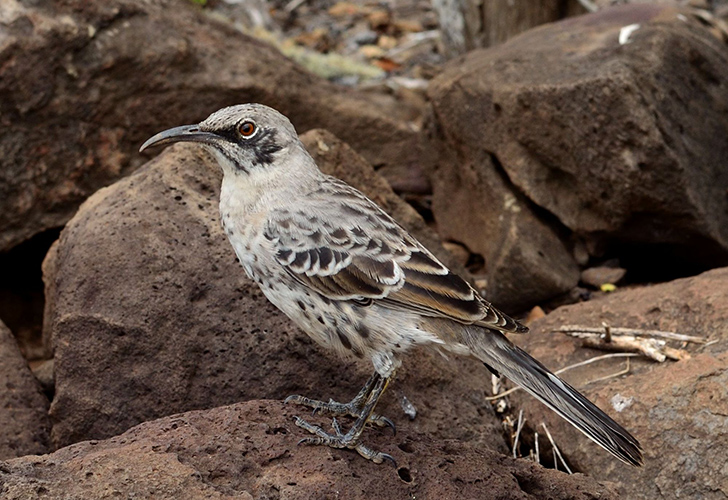
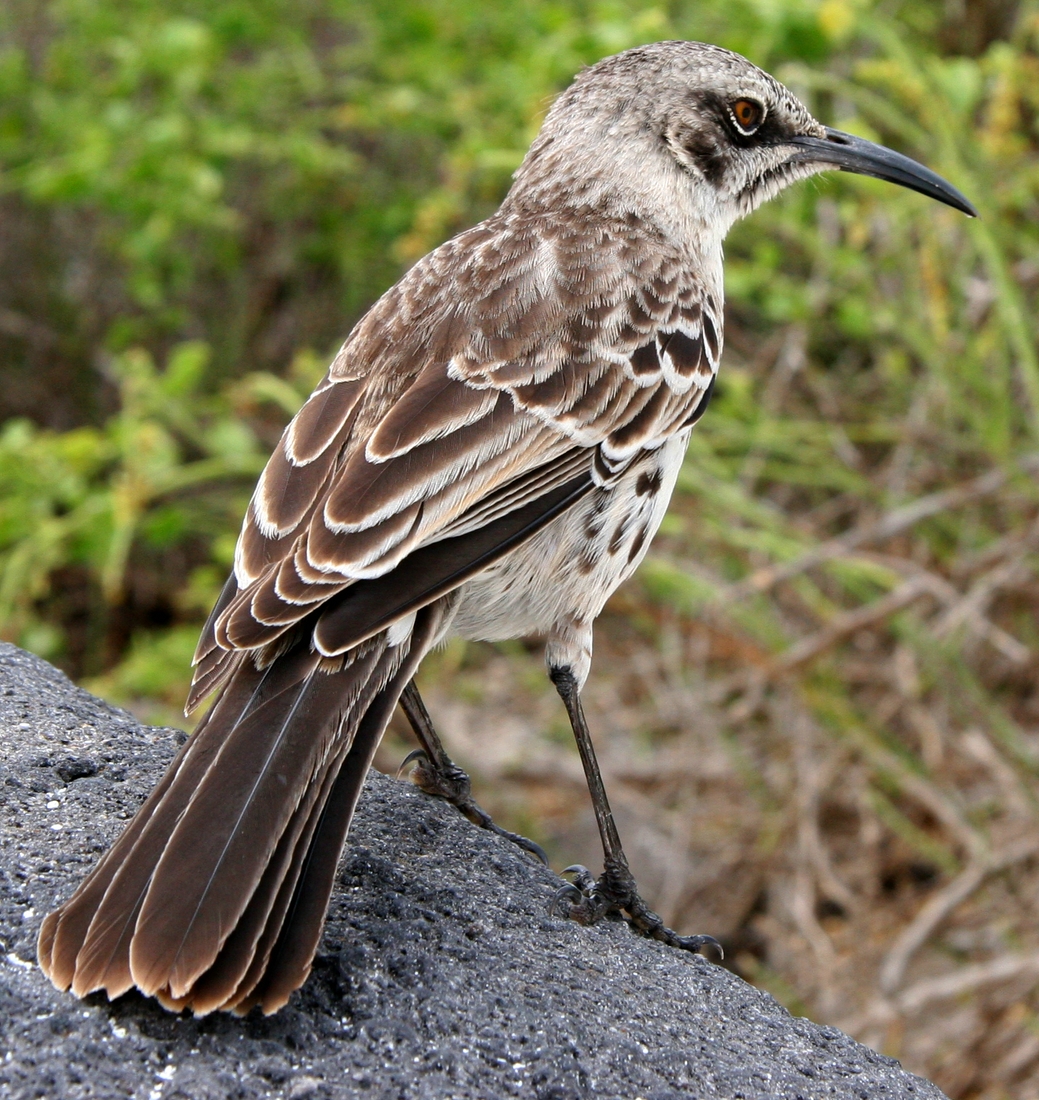
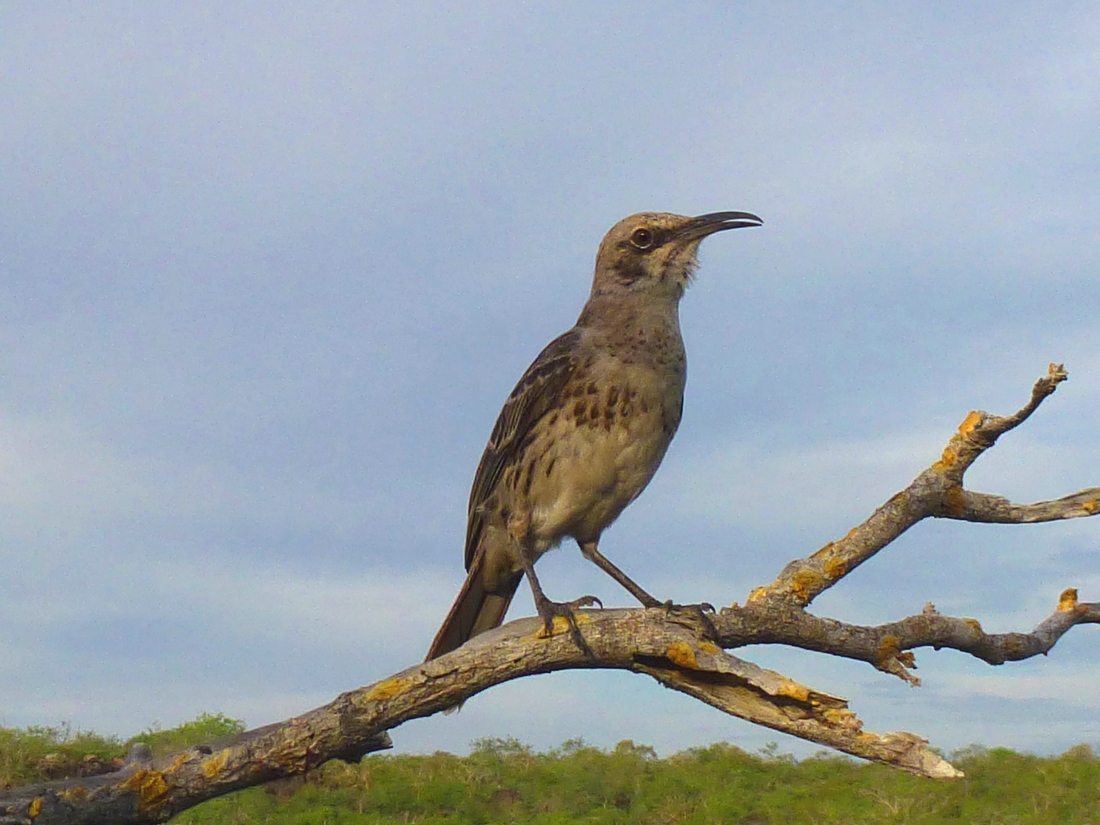
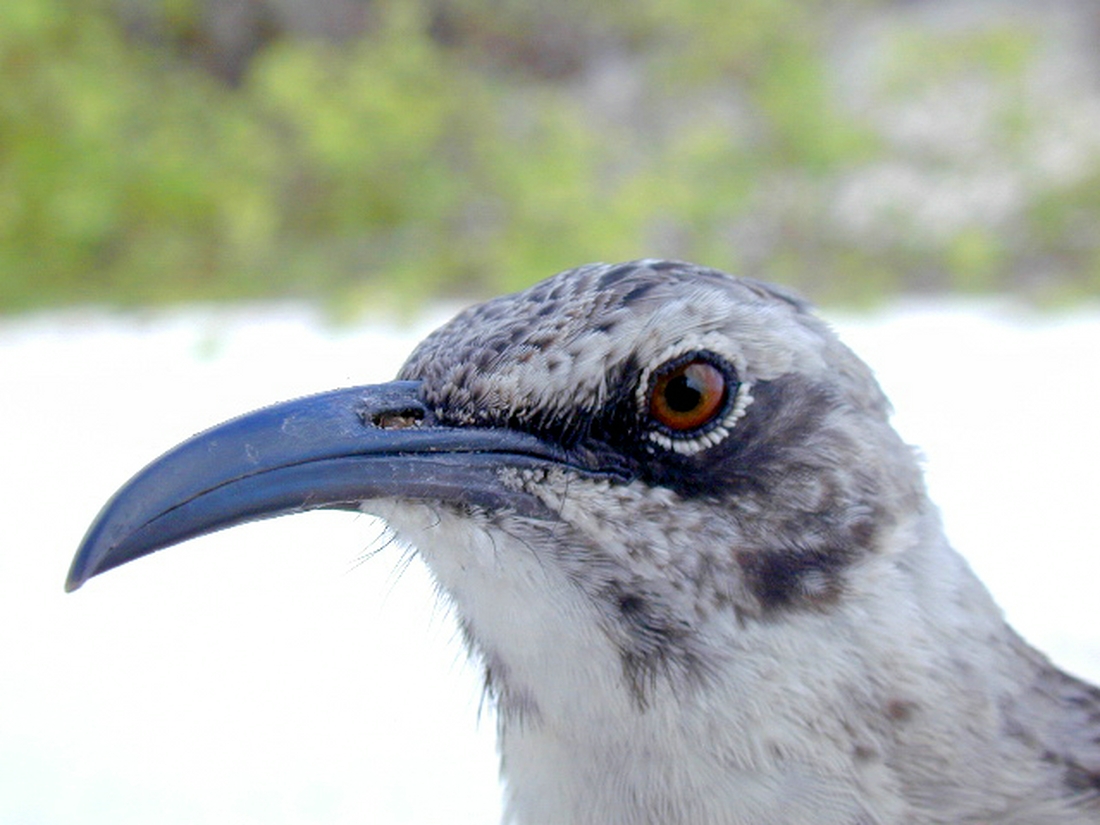
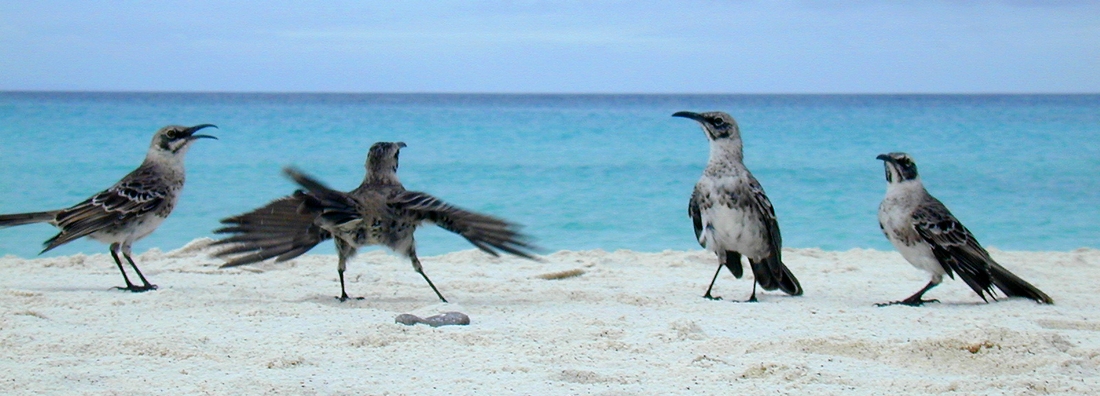

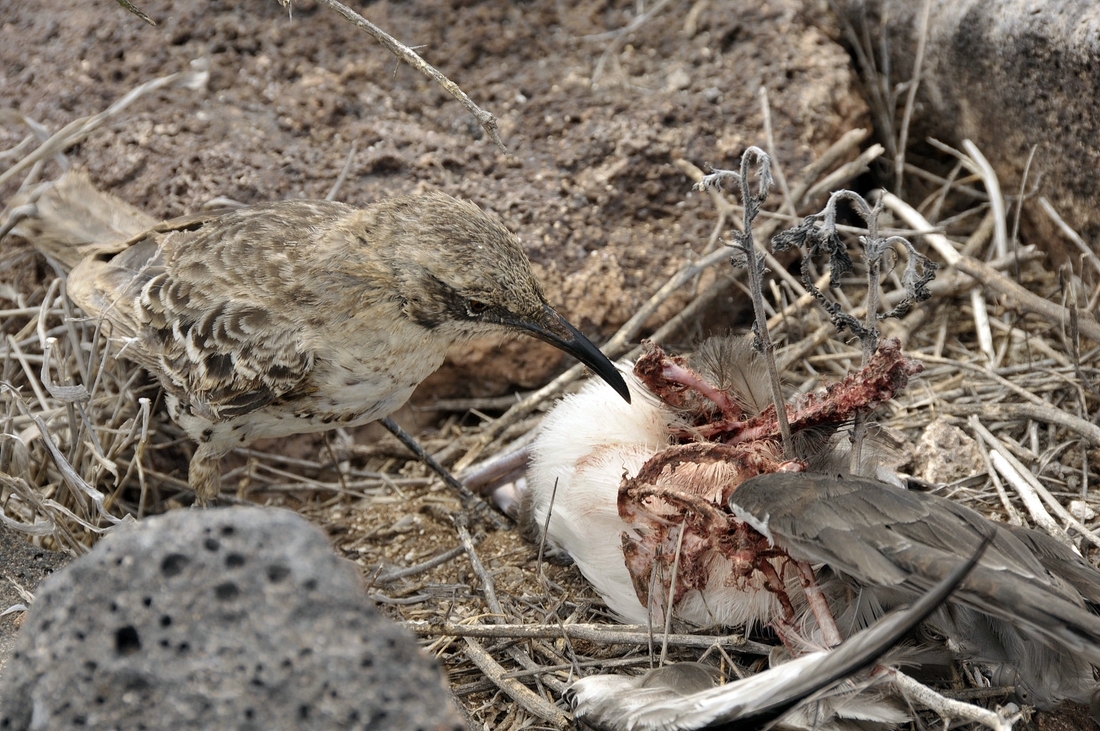

The largest of all Galápagos mockingbirds.
Threats: After the eradication of goats, the risk related to habitat destruction disappeared. Threats on Espanola are probably now only related to introduced diseases. Pox like lesions have been reported and pox is known to affect juvenile survival in other species. The parasitic fly Philornis downsi has not yet been found on Española.
Domain
Eukaryota
Kingdom
Animalia
Phylum
Chordata
Class
Aves
Order
Passeriformes
Family
Mimidae
Genus
Mimus
Species
macdonaldi
Taxon category: Accepted
Syn.: Nesomimus macdonaldi Ridgway, 1890 (Integrated Taxonomic Information System, 2021).
Origin: Endemic
Habitat preferences: Inhabits arid open lowland scrub, scrubby woodland with scattered trees (Bursera), arborescent cacti (Opuntia) and deciduous forest.
Feeding preferences: Feeding on arthropods from the ground, centipedes, crabs, and lizards, but has also been observed swallowing a wide variety of fleshy fruits. Seeds in faeces make it a possible disperser of Galápagos as well as introduced plants. Occasionally peck on iguanas for ticks. Have been observed cracking eggs of sea birds and doves, drinking blood from wounded sea lions, marine iguanas albatross feet and nestling masked boobies, mainly during the dry season.
Trophic role: Omnivorous
Reproduction mode: Exclusively sexual
Reproductive biology: Form large groups (8 individuals) during reproduction but little sign of co-operative breeding.
Distribution origin: In common with all other Mimus, this species is closely related to species from North America and the Caribbean, rather than species from South America, indicating long distance dispersal.
- Abbott, I. Abbott, L. (1978) Multivariate study of morphological variation in Galapagos and Ecuadorean mockingbirds. The Condor 80:302-308.
- Arbogast, B.S. Drovetski, S.V., Curry, R.L., Boag, P.T. & Seutin, G.l (2006) The origin and diversification of Galápagos mockingbirds. Evolution 60: 370-382.
- Burtt, E. Swanson, J., Porter, B. & Waterhouse, S. (1994) Wing-flashing in mockingbirds of the Galápagos Islands. The Wilson Bulletin 106:559-562.
- Curry, R.L. Anderson, D. (1987) Interisland variation in blood drinking by Galapagos mockingbirds. The Auk 104:517-521.
- Curry, R.L. (1989) Geographic variation in social organization of Galapagos (Ecuador) Mockingbirds: ecological correlates of group territoriality and cooperative breeding. Behavioral Ecology and Sociobiology 25:147-160.
- Freile, J.F. Santander, T., Jiménez-Uzcátegui, G., Carrasco, L., Cisneros-Heredia, D., Guevara, E., Sánchez-Nivicela, M., Tinoco, B. (2019) Lista Roja de las aves del Ecuador Quito, Ecuador. 97 pp.
- GBIF Secretariat (2021) GBIF Backbone Taxonomy. Https://doi.org/10.15468/39omei Accessed via https://www.gbif.org/species/5284517
- Granizo, T. Pacheco, C., Rivadeneira, M. B., Guerrero M. & Suárez, L. (eds.) (2002) Libro Rojo de las Aves del Ecuador. SIMBIOE/Conservation International/EcoCiencia/Ministerio del Ambiente/IUCN. Serie Libros Rojos del Ecuador, tomo 2. Quito, Ecuador.
- Harris, M.P. (1973) The Galápagos avifauna. Condor 75(3): 265-278.
- Hoeck, P. Bucher, T., Wandeler, P. & Keller, L. (2009) Microsatellite primers for the four Galapagos mockingbird species (Mimus parvulus, Mimus macdonaldi, Mimus melanotis and Mimus trifasciatus). Molecular Ecology Resources :1538-1541.
- Hoeck, P. Bollmer, J., Parker, P. & Keller, L. (2010) Differentiation with drift: a spatio-temporal genetic analysis of Galápagos mockingbird populations (Mimus spp.). Philosophical Transactions of the Royal Society of London. Series B, Biological Sciences 365:1127-1138.
- Integrated Taxonomic Information System (2021) Integrated Taxonomic Information System (ITIS). Www.itis.gov
- IUCN (2015) The IUCN Red List of Threatened Species. Version 2015-4. <www.iucnredlist.org>. Downloaded on 20 November 2015.
- Jiménez-Uzcátegui, G. Milstead, B., Márquez, C., Zabala, J., Buitrón, P., Llerena, A., et al. (2007) Galapagos vertebrates: endangered status and conservation actions. Galapagos Report 2006–2007. Charles Darwin Foundation, Puerto Ayora, p. 104–110.
- Swarth, H.S. (1931) The Avifauna of the Galapagos Islands. Occ. Pap. Calif. Acad. Sci. 18: 1-299.
- Wiedenfeld, D.A. Jiménez-Uzcátegui, G. (2008) Critical problems for bird conservation in the Galapagos Island. Cotinga 29: 22-27.
- Wiedenfeld, D.A. (2006) Aves, the Galapagos Islands, Ecuador. Check List 2006 2(2): 1-27.
You are welcome to download and use the information found in this page, acknowledging its source.
This page should be cited as follows:
"Galapagos Species Database, Mimus macdonaldi", dataZone. Charles Darwin Foundation, https://datazone.darwinfoundation.org/en/checklist/?species=5116. Accessed 3 November 2025.


Feeding type: Polyphagous
arthropods, fruits, iguanas for ticks